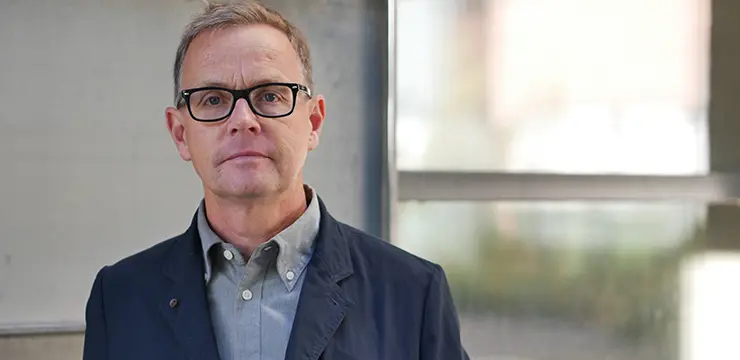New guidelines ensure consistent treatment for lymphoma patients across Europe

“A major problem with the previous guidelines was that they quickly became outdated. We now have a process for living guidelines, which makes it possible to update the content continuously without starting from scratch,” says Mats Jerkeman.
Clear algorithms and visual decision support
Lymphoma encompasses 70–80 different subtypes, and until now each subtype has had its own guidelines – something that has proved impossible to keep up to date in practice. In the new model, guidelines for the most common types of lymphoma are brought together in a shared structure and presented as clinical algorithms and visual overviews, making them easier to apply in daily practice.
The new guidelines were published in August and have already attracted interest not only from Europe but also globally.
A foundation for national guidelines
Each country has national guidelines that guide lymphoma treatment, often based on European recommendations. The new European guidelines will therefore serve as a common reference point, creating a more consistent standard across the continent.
“These guidelines will be the reference oncologists across Europe turn to when deciding how to treat patients with lymphoma. The goal is that all patients, regardless of where they live, receive equivalent treatment. This is an important step toward equal access to care,” says Mats Jerkeman.
Incorporating new treatment options
One of the most significant updates concerns the treatment of diffuse large B-cell lymphoma, the most common subtype. These guidelines have now been revised for the first time since 2017. Since then, treatment has advanced considerably, especially with the introduction of CAR-T cell therapy and other novel agents. The updated guidelines now integrate these options.
“It has been very rewarding to work on something with such a tangible impact for clinicians and, ultimately, for patients. Having guidelines that remain continuously up to date is a major achievement,” says Mats Jerkeman.
Read the guidelines here: Annals of Oncology – European lymphoma guidelines

